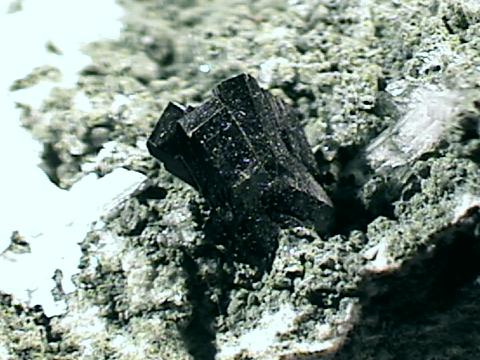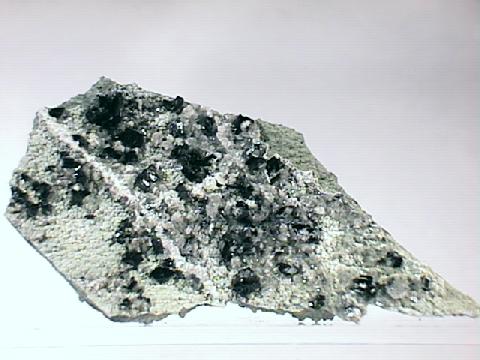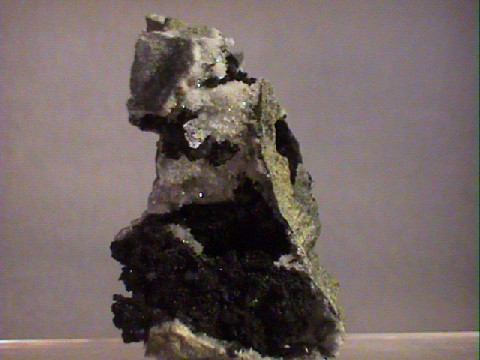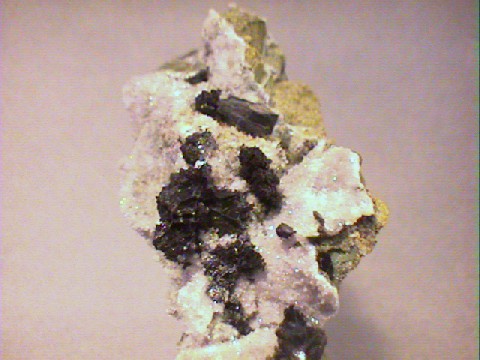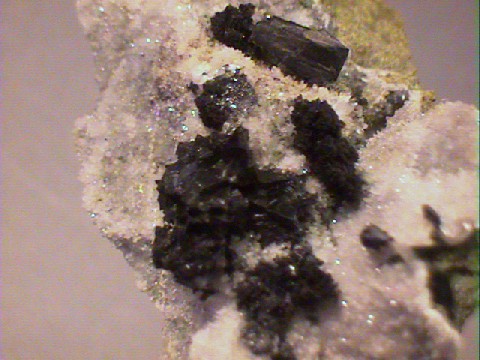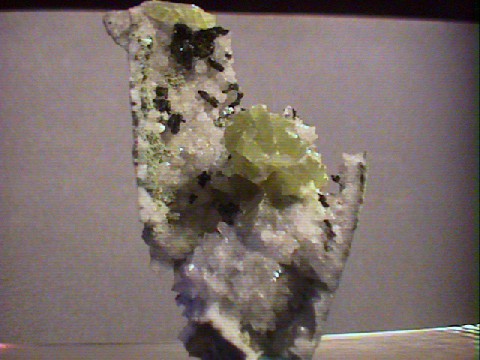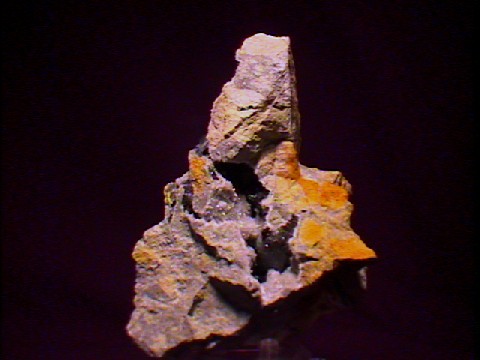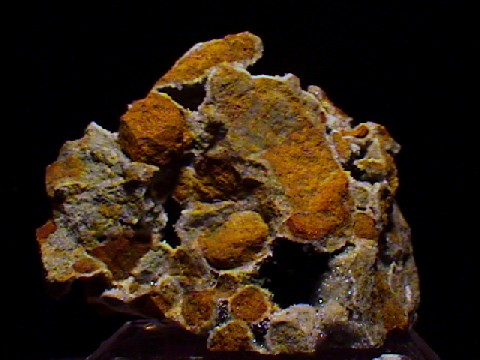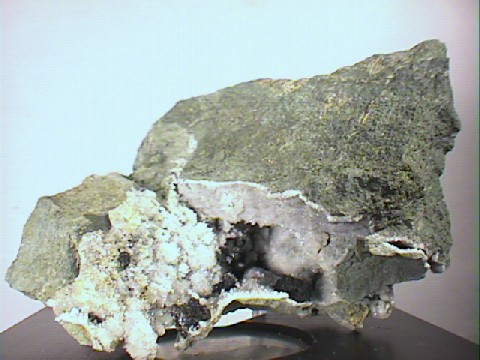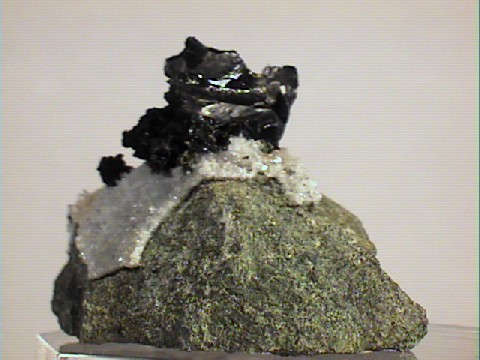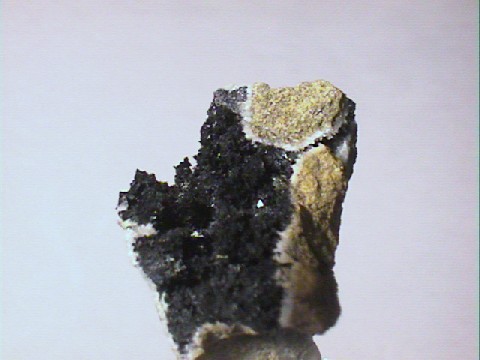 The Mineral BABINGTONITE
The Mineral BABINGTONITE
- Chemistry: Ca 2 Fe 2 Si 5 O 14 OH, Calcium iron silicate.
- Class: Silicates
- Subclass: Inosilicates
- Uses: mineral specimen
Specimens
Babingtonite is a mineral that was unknown to science before the start of the twentieth century.
It is an unusual mineral in three respects. It contains both divalent (+2) and trivalent (+3) iron ions and this causes a very weak magnetism that could turn the needle of a compass. It is opaque and brilliantly vitreous. It also is the only black mineral found with the typically white or pale colored zeolites. This sets it off and makes it easy to see the normally small crystals among the other minerals in a zeolitic pocket.
Babingtonite is somewhat scarce and its presence in a specimen tends to raise the value of the specimen considerably. Babingtonite, although scarce, is found in almost all rare mineral collections.
PHYSICAL CHARACTERISTICS:
- Color is almost always black to dark green.
- Luster is vitreous.
- Transparency: Crystals are generally opaque but thin crystals or splinters can be translucent.
- Crystal System is triclinic; bar 1
- Crystal Habits include short stocky prismatic crystals or tabular to platy forms.
- Cleavage is good in one direction and perfect in another, these are pinacoidal but are at near right angles to each other forming rectangular prisms.
- Fracture is uneven to subconchoidal.
- Hardness is 5.
- Specific Gravity is approximately 3.3 (somewhat above average for translucent minerals)
- Streak is brown to gray.
- Associated Minerals are quartz, apophyllite, feldspars, heulandite, stilbite, scolecite and other zeolites.
- Other Characteristics: weakly magnetic.
- Notable Occurrences include Poona, India; Devon, England; Baveno, Italy and several locations in Massachusetts.
- Best Field Indicators are crystal habit, color, associations with zeolites and luster.


